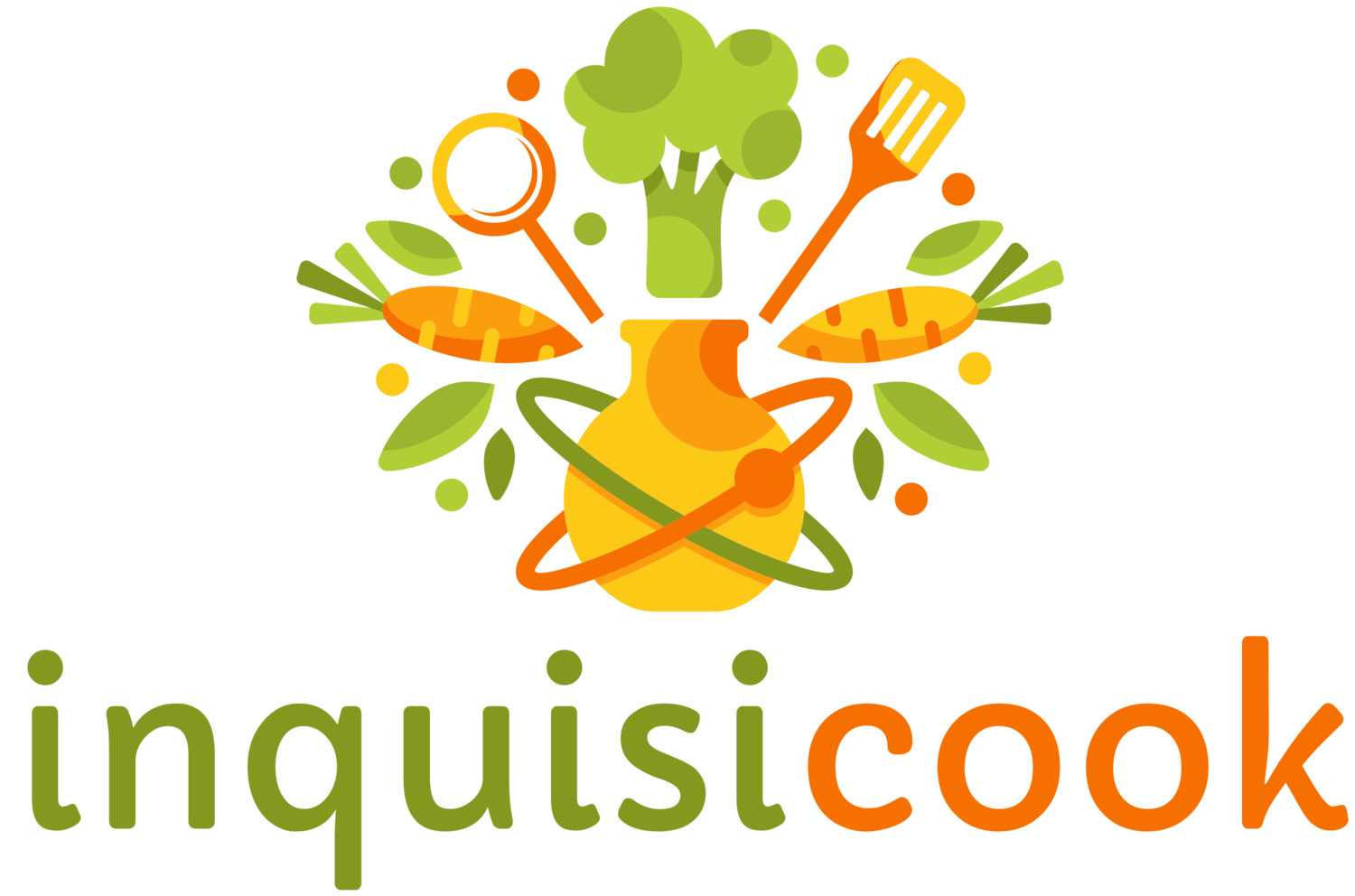
Orientation Instructor Resources
Orientation is an important component in setting students up for success. It’s also helpful for instructors to understand the standards and strategies woven into the course. Please take a few minutes to review these Orientation resources and make sure your student has done so as well.
Orientation Printables
This document contains all the Orientation printables except password-protected documents (e.g., unit test & instructor answer keys).
Orientation Video
Sensory Evaluation
Throughout this course, you’ll be preparing recipes for evaluation by your team of tasters. This may be you and your mom, the entire family, or a few class members. It could be different people every time. Our sensory evaluation process breaks down tasting into four categories: appearance, flavor, texture, and aroma. Tasters use a Sensory Evaluation Form to rate each category as the food is sampled. This guides them to explore all the factors that go into eating enjoyment. As they pinpoint their likes and dislikes, they record these details so you can use them to tweak the recipe next time.
Here are some tips for getting the most out of the process:
Set-Up in Advance- Get everything ready for your evaluation before you start cooking. Set the table with Sensory Evaluation Forms, pens or pencils, dishes and utensils, and napkins.
Serve it Right- Serve hot foods hot and cold foods cold. To avoid delays, give your tasters a heads-up about when you think the food will be ready.
Lead the Discussion- As the cook, it’s important for you to take ownership of the process. When it looks like everyone has finished filling out their forms, ask them to share their thoughts about each category. Encourage group discussion. Comparing their opinions will help you identify matters of personal preference vs. things that genuinely need some work. Listen to their recommendations for improvement without debate. You can decide later whether to take the suggestions.
Accept Criticism Graciously- It’s no fun, but listening to negative feedback and understanding its value will help you grow as a cook.
Score the Sample- Each rating carries a numeric value from 1 to 5, as shown on the form. The highest possible score is 20. Calculate each taster’s score by adding up the selected ratings, then record it at the bottom of the form. Average the scores to get an overall rating for the dish. This gives you a way to measure the improvement of future attempts.
Mise en Place
It would be hard to overstate the difference organization makes when cooking. We’re not talking about storing hot pads near the stove or arranging spices alphabetically. We mean organizing for the actual cooking process: gathering tools, prepping and measuring ingredients, and laying everything out before you begin. It’s a system called mise en place, which is French for “put in place.” It rhymes with “trees on moss.”
Mise en place makes the difference between a frazzled, distracted cook and one who is calm, clear-headed, and having a good time. Advance preparation makes it much less likely that you’ll measure incorrectly, accidentally grab baking soda instead of baking powder, or be caught without a spatula at the exact moment your egg needs to be flipped. The investment you make in setting things up will free your mind and hands to be completely involved in the cooking process. The only thing it costs is a few extra dishes to wash. It’s a small price to pay.
The recipes in this course will become more challenging as we move along. To get the most out of the experience and the best results, it’s vital to commit to the mise en place method. First, do all the preliminary prep work (shredding, chopping, grinding, melting, washing produce, etc.) Then measure out all the ingredients and arrange them in the order they will be used. Finally, gather all the tools and equipment you’ll need.
That’s all there is to it. Once you get used to the relaxed flow of cooking with this method, you’ll never want to go back!
Measuring Salt
Read this brief explanation of How to Measure Salt. The type of salt you use in recipes can make a big difference in how they should be measured!
Health & Safety
Following some basic guidelines will help avoid illness and injury in the kitchen. Review the attached documents on Food Safety and Kitchen Safety.
Writing Lab Reports
A lab report is how you explain what you did in your experiment, what you learned, and what the results mean. It’s the grand finale to a hands-on learning experience. Writing a lab report isn’t hard and it doesn’t take long once you get the hang of it. Our introduction to the process will be gradual, but here’s an overview so you’ll know what to expect.
Different instructors prefer different formats, but they usually include about the same information. Lab reports are always written in the third person, so avoid using the pronoun “I” or “we.” For instance, write, “If salt is added to vegetables prior to roasting…,” not “If I add salt to the zucchini prior to roasting...” It’s important to use correct grammar, punctuation, and spelling, so proofread your report before turning it in. Here’s the format we’ll be using for this course:
I. Title
II. Introduction
A. Purpose Statement
B. Hypothesis
III. Materials and Procedure
IV. Results
V. Conclusion
Name, Date, and Title
The title sums up what your experiment was about. It uses keywords to explain the main point, but it isn’t written as a complete sentence. It should be brief—usually ten words or less. Example: “Effects of Salt on Roasted Zucchini”
Introduction
Use a sentence or two to explain the purpose of the experiment. This is called a purpose statement. You should also include your hypothesis in this section. The hypothesis is your prediction of what will happen in the experiment. It’s usually an “if-then” statement, although it may not always include those actual words. Example: “The purpose of this experiment is to explore the effects of salt on roasted zucchini. If salt is added to zucchini prior to roasting, [then] it will steam while cooking and fail to brown and crisp.” It’s okay if your hypothesis turns out to be wrong. That’s part of learning.
Materials and Procedure
This is everything you needed for the experiment and the steps you went through to complete it. In this course, if you followed the experiment as written, you don’t have to rewrite this information. Instead, write: “Experiment was followed without modification.” If you modified the experiment or made a mistake, it should be noted here. Sometimes it’s also helpful to include a sketch or picture in this section.
Results
Describe what happened as a paragraph unless the results include data that’s better presented in table form. Summarize your observations and interpret the results. Example: “The zucchini in Pan A achieved no crisping or browning. The zucchini in Pan B was crisped and browned. The application of salt caused the raw zucchini in Pan A to release its liquid by way of osmosis. The collected liquids turned to steam in the oven’s heat. This coated the zucchini with moisture, which inhibited caramelization. The zucchini in Pan B was salted near the end of the cooking time, after caramelization had occurred.”
Conclusion
Concisely explain what your results mean. Your statements in this section will reveal whether or not your hypothesis was supported. Example: “This experiment demonstrates that salting zucchini prior to roasting causes it to steam while cooking, which prevents browning and crisping. The results support my hypothesis.”






